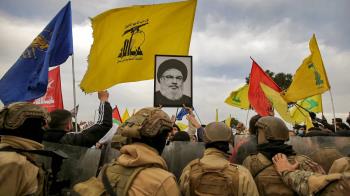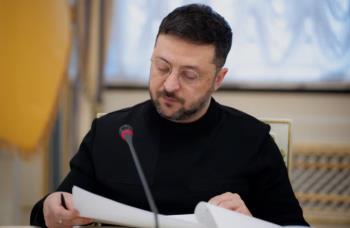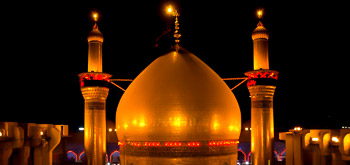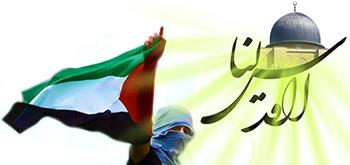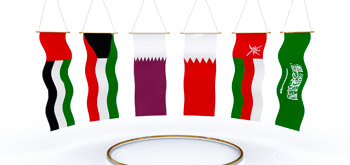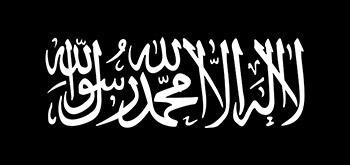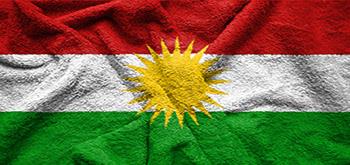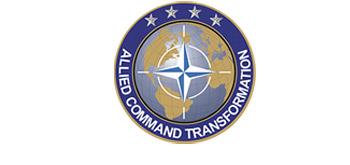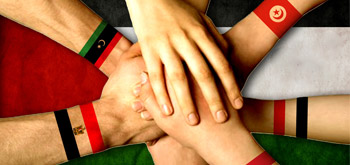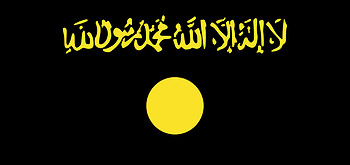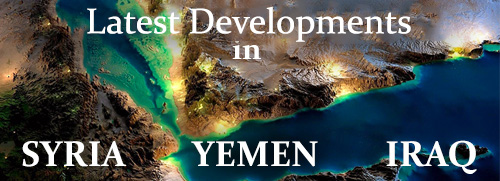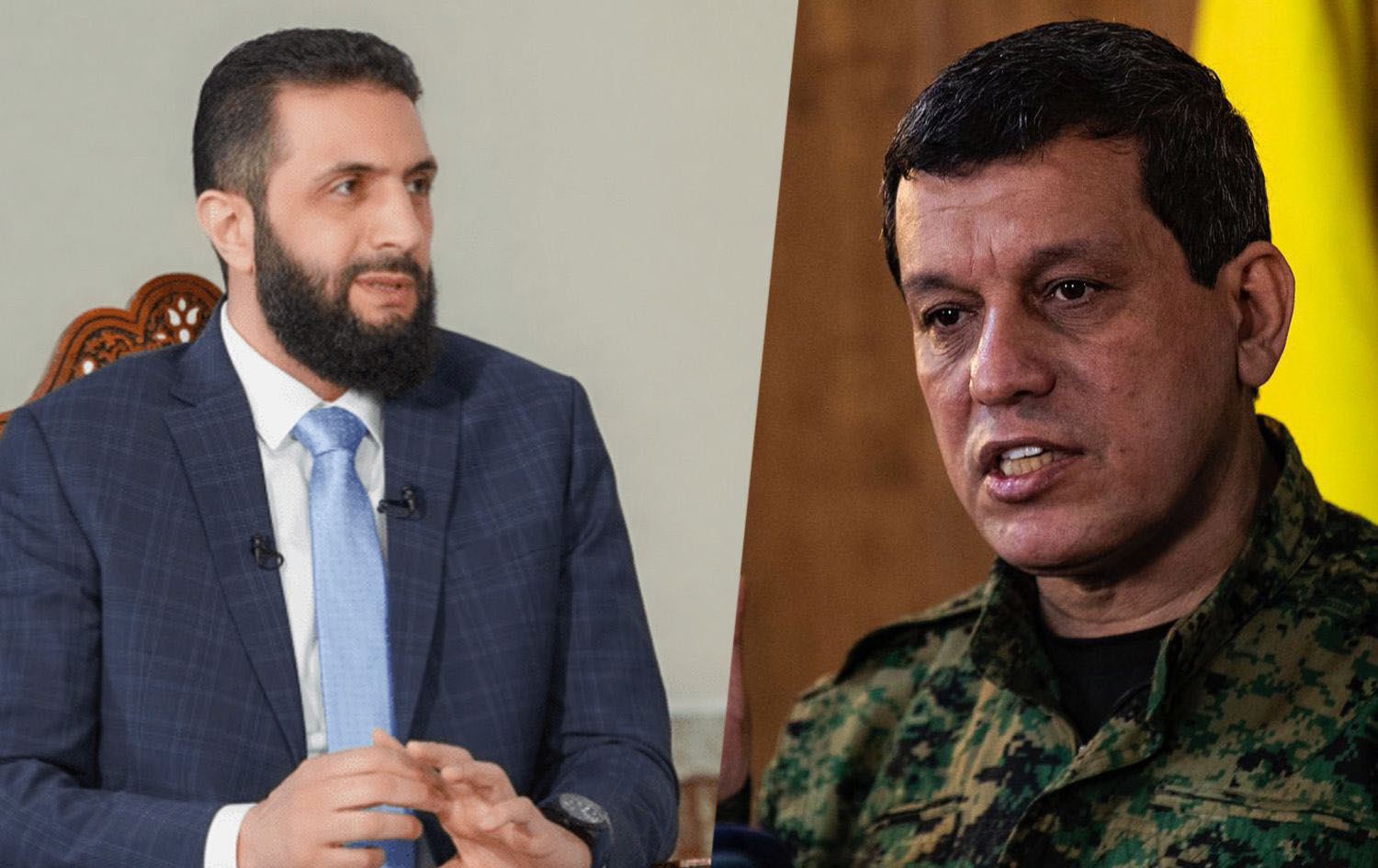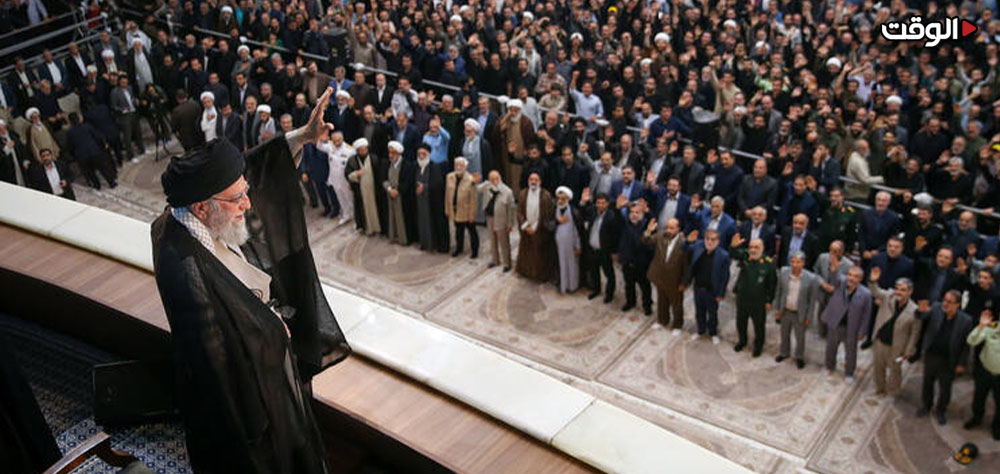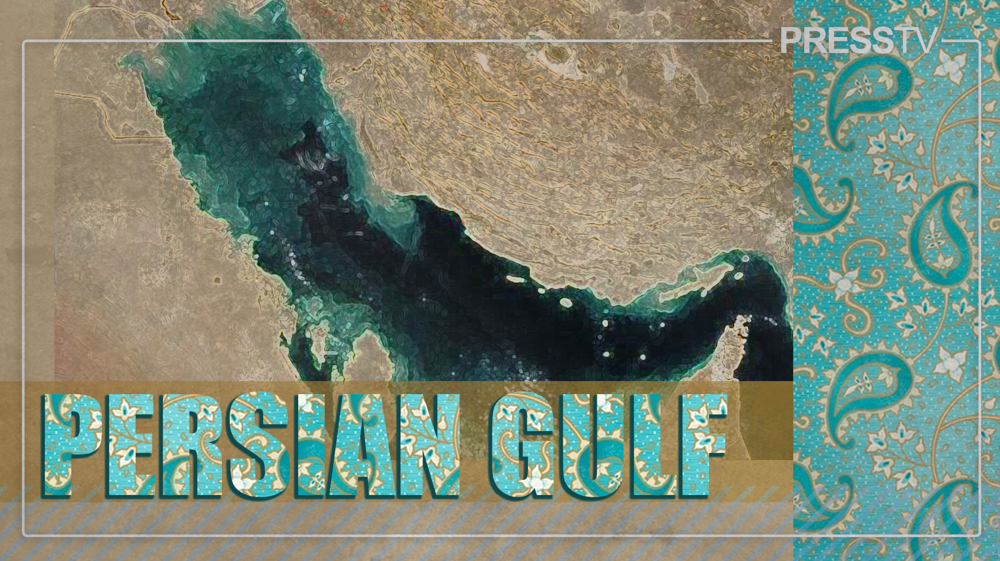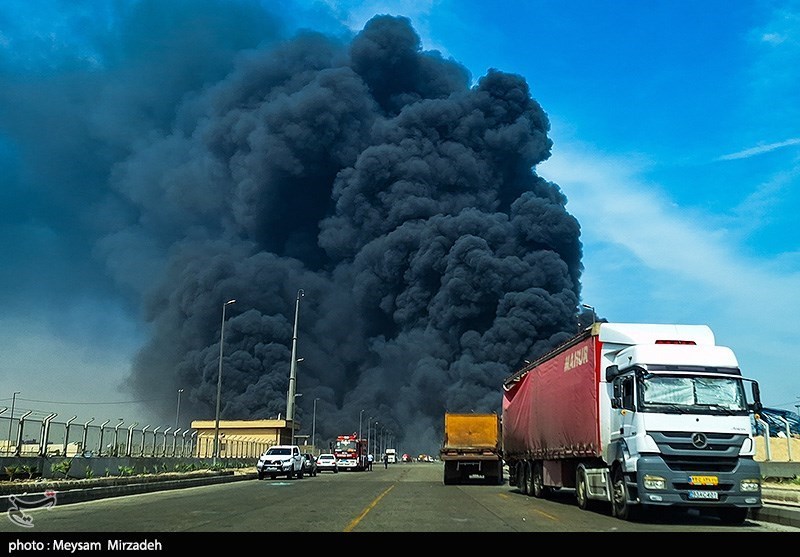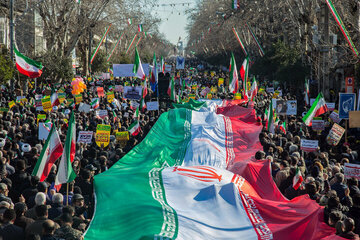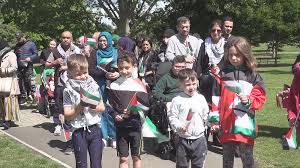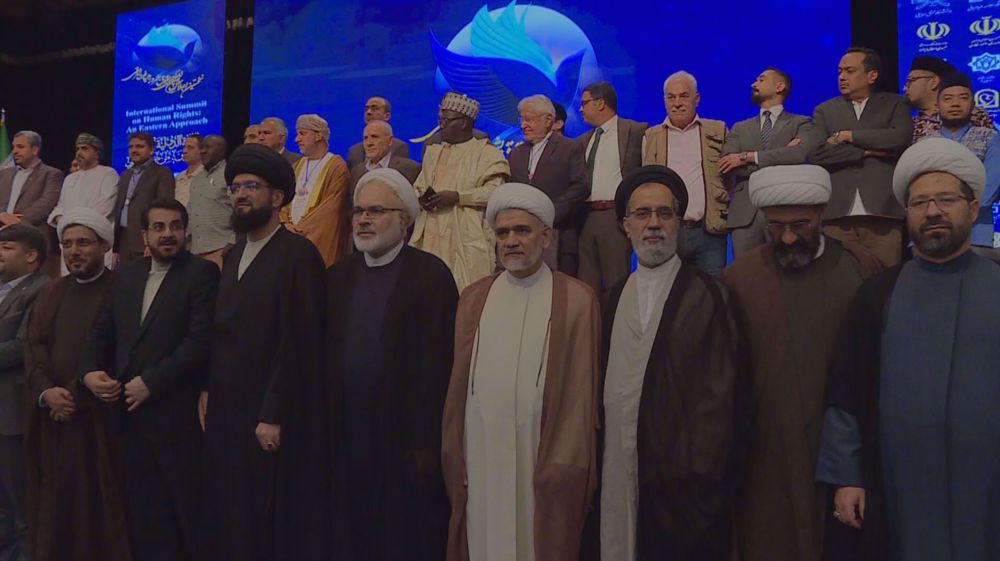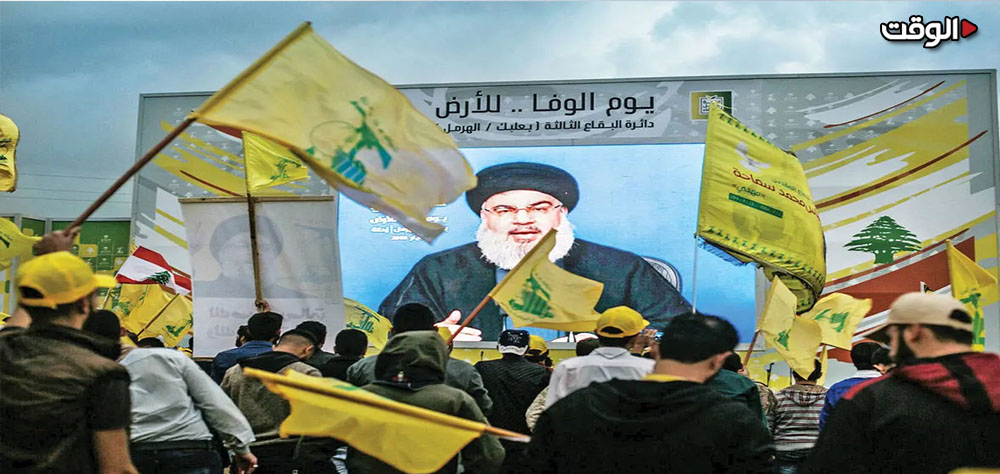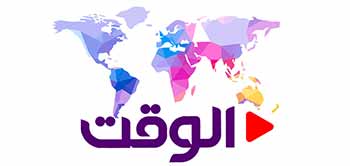Alwaght- There are increasing signs of an imminent confrontation between the Kurds and the Syrian government, especially after the recent Hasakah conference that brought together a number of Kurdish and Druze figures.
Damascus officials saw this conference a coup against the March 10 agreement between interim President Ahmad al-Sharaa and Mazloum Abdi, the commander of the Kurdish People's Defense Forces (YPG), reported Al-Akhbar.
During the conference, the participants called for a federal government in Syria with a new constitution and cultural and racial independence. Damascus said the meeting was driven by separatist motivations and it decided not to take part in next round in Paris.
The Syrian Democratic Forces (SDF), which are largely Kurdish, have been able to control large parts of northern and eastern Syria in recent years with the support of the US and some European countries. Although this control was successful from a security and military perspective, it has always faced a crisis of legitimacy from a political perspective.
Relying on a policy of active diplomacy and regional negotiations, the new Syrian government has attempted to integrate the SDF into the structure of the Syrian army and hand over management of the northeastern regions to the central government. However, this integration has so far ran into serious problems. Identity disputes, local Kurdish concerns about reduced autonomy, and lack of trust in the commitments of the central government have all complicated the process.
Relations between Damascus and the Kurds have long been monitored with caution and concern, but today they seem to be heading towards a military confrontation.
In recent days, Deir Ez-Ezor and Raqaa outskirts have witnessed deadly clashes between the SDF and the tribal forces. A number of Raqaa villages have been scenes to these violent clashes. These clashes followed similar developments that took place in parts of Deir Ez-Ezor and Hasakah and Aleppo outskirts, leaving a number of people from both sides dead.
The possibility of an escalation of the conflict has increased, especially after the efforts of the Damascus government to control Deir Ez-Ezor oil resources and dams on the Euphrates River to meet the needs of various regions in the country. Meanwhile, the deterioration of the economic situation and the failure to fulfill Western and Arab financial promises to Damascus, as well as Turkey's pressure to disband the Kurdish militia groups (SDF and YPG) and integrate them into the army, have also inflamed the situation.
A few weeks ago, Turkish sources announced Ankara's intention to engage in conflict with the Kurds, in coordination with the Syrian forces, if the Kurdish units do not lay down their weapons and do not commit to the integration agreement with Damascus signed last March. It is clear that Turkey is pressuring the Damascus government to be tougher with the SDF.
This is while, in a significant move, simultaneous with the Kurdish movements, Damascus and Ankara have moved to strengthen military cooperation. Last Wednesday, a high-ranking Syrian delegation visited Ankara, including Foreign Minister Asad al-Shaibani, Defense Minister Marhef Abu Qasra, and Intelligence Chief Ibrahim Salameh. During the visit, talks were held with Turkish officials on political and security issues. A military agreement was also signed, a step towards permanent security cooperation between the two sides and an indication of increased coordination on actions in the north.
According to Anadolu news agency, citing Turkish Defense Ministry, the agreement indicates Turkey's commitment to support Syria in its fight against terrorism and to boost its security and defense capabilities. Reuters, citing a Turkish Defense Ministry source, reported that Ankara will provide Syria with weapons and logistical equipment, adding that it will train the Syrian forces on their use "if the need arises."
In April, Middle East Eye reported that Ankara was preparing to set up an air defense system at T4 military airport in Palmyra near Homs in central Syria. The site added that Turkey plans to use this base for attacks on Islamist groups and to prevent Israeli air raids on Syria.
According to the sources, Hisar air defense system will be deployed at T4 to provide air cover for the base. This will help Turkey consolidate air control over the area. Ankara also plans to create a multi-layered air defense system in and around the base, with short-range, medium-range and long-range air defense capabilities against a variety of threats, from jets to drones and missiles. The website noted that the presence of Turkish air defense systems and drones will likely deter Israeli air strikes in the area.
In such a situation, a question presents itself: Will the Sweida scenario be repeated in northeastern Syria, or is the US redrawing the map of influence and control in these areas in a way that guarantees mutual gains for the Kurds and Damascus?
Another question is: Will Israel enter into a confrontation with Turkey and Damascus in favor of the Kurds, similar to the developments in Sweida? Especially that many Israeli officials have earlier emphasized the need to support the Kurds in Syria and to try to create an independent institution for them.
While Damascus and Ankara step up their threats against the Kurds, information are leaked about a plan by the US as the main backer of the Syrian Kurds according to which the SDF will hand over Deir Ez-Ezor to Damascus government and the latter will recognize control of the Kurds over Hasakah, Raqaa, and other northeastern regions.
The US pressure on the Kurdish forces comes as these groups are at odds over the agreement with Damascus. Syrian sources close to Damascus indicate the existence of two opposing factions within the SDF: one faction is moving towards a military confrontation with the Syrian forces and rejects the March 10 agreement between Abdi and al-Sharaa, while the other is trying to engage in a peaceful political process with the Syrian authorities, similar to what the Kurdistan Workers’ Party (PKK) has done in Turkey.
Therefore, given the current complexities, the Kurdish issue in Syria remains one of the most sensitive and strategic issues, and several possible scenarios for its future are emerging:
Sharing of influence and control: In the most optimistic case, both sides may accept US proposals for sharing influence and control. If diplomatic negotiations are successful, the SDF may integrate part of its forces into the structure of the Syrian army while maintaining local powers and some autonomy, which could provide an opportunity to maintain stability in sensitive areas by preventing any military confrontation.
Comprehensive confrontation: Should Kurds and Damascus not agree, Turkey and Syria can mount military pressure and exert broader military control over border regions. Escalation between the government and the SDF can lead to broader confrontation and this scenario can result in short-term tensions and population relocations.
Limited clashes and Arabs' uprising: Clashes may be limited to regions in Deir Ez-Ezor, Aleppo's eastern outskirts, and Raqaa, where Arab tribes are fighting the SDF. This can be seen as a local uprising Damascus would use to expand its influence and consolidate its control in these regions.
These scenarios bear witness to the complexities of dealing with the Kurdish cause. Security and political tensions beside Turkish and Israeli interventions are key factors capable of determining the path of this fundamental issue in the future.

